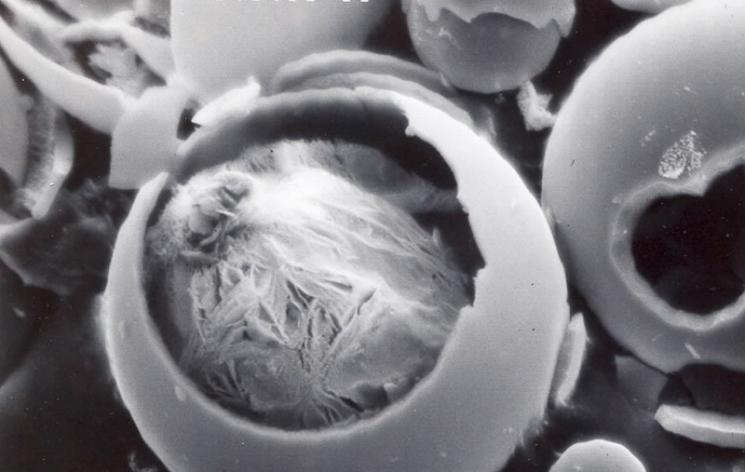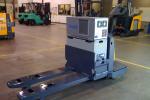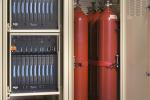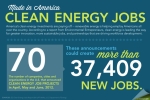
SRNL's Porous Walled Hollow Glass Microspheres (which are about half the width of a human hair in diameter) have a network of interconnected pores that enable them to be filled with, hold and release gases and other materials. | Image courtesy of SRNL
The University of Maryland designs a waste-to-energy system that will help the university reduce energy usage and improve its environmental footprint.
Plant fatty acids are used in a vast range of products, from polymers to plastics and soaps to industrial feed stocks -- making up an estimated $150 billion market annually. A new discovery of inserting double bonds in the fatty acids could show the way to the designer production of plant fatty acids, and, in turn, to new industrial applications and new products.
Argonne researchers have new insight into producing pure hydrogen -- a currently expensive, but energetic, fuel source.
The Energy Department’s "Business Case for Fuel Cells 2011" report illustrates how top American companies are using fuel cells in their business operations to advance their sustainability goals, save millions of dollars in electricity costs, and reduce carbon emissions by hundreds of thousands of metric tons per year.











